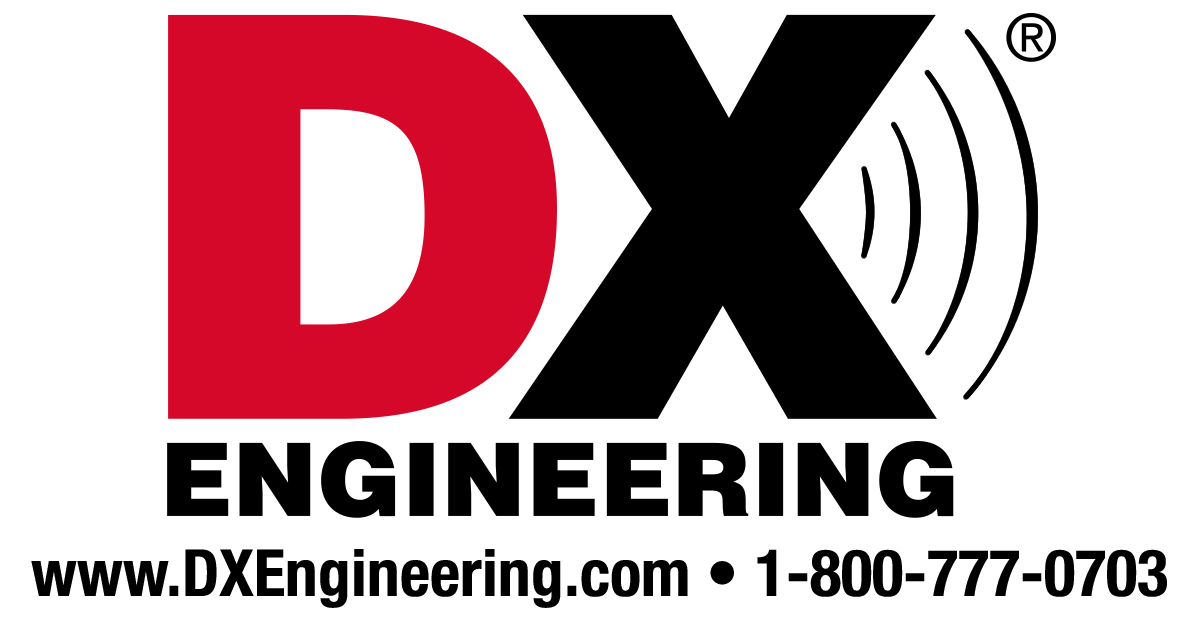Onehand
New Member
Thank You for all the advice and help. I have quickly learned that there is more to this than throw it on the ground and plug it in. You two are invaluable and absolutely necessary for the successful conclusion for the proper operation and safety of this system.
I have allot of social events with allot of people and I can just see people walking down to the panels and getting all "touchey feeley" with things.
I need to investigate WEEBS a bit further to see if there is a solution there instead of the Ilsco solution. I also don't like the idea of 4 conductors coming into the box. If I configure this right, I should be able to get down to 2, both being continuous runs.
Off to WEEBS school to try and figure those things out.
I have allot of social events with allot of people and I can just see people walking down to the panels and getting all "touchey feeley" with things.
I need to investigate WEEBS a bit further to see if there is a solution there instead of the Ilsco solution. I also don't like the idea of 4 conductors coming into the box. If I configure this right, I should be able to get down to 2, both being continuous runs.
Off to WEEBS school to try and figure those things out.







